Entering the exhibition space of Galeria ElectroPutere, I immediately got a sense of white cube nausea; I thought that contemporary art world had banished this format to commercial spaces in recent years. But perhaps the more solipsistic perspective assumed by many during the pandemic has led to a new understanding of this kind of display. And although I was initially hesitant, the memory of ice cream flavors evoked by Mouth full of sweets – big lick (2021), a series of pigmented silicone casts stuck to the wall, somehow soothed me.
Seeing these objects pressing flush against the surface like old rugs, their colourful seductiveness reminds me of ice cream cartons: pistachio, blueberry-chocolate, mint-sorbet, some yoghurt maybe. Then, I recall a first and very different approach to this exhibition: some ASMR-like videos sent to me by the artist, showing the texture and feel of the large silicone surfaces. And though the eroticism of that YouTube trend has never appealed to me, it suddenly gels with this materiality. After this first video flirt with the ASMR qualities of the objects, it surprised me to find them so immobile in this space — which explains my initial reluctance. But maybe, stretching a pandemic metaphor a bit too far, the presentation enforced a way of keeping distance and refraining from touch. Considering the title, and eventually the form, this is not only about physical contact, but about a more intimate touch: licking. The texture of the objects, as the artist explained, should reference the surface of the tongue — not as imitation, but by using the silicone modelling as a vehicle for contemplating it. There may be some discoloration caused by certain hints at foods, or we may imagine the different taste receptor cells located on the tongue. Knowing that Johannes Hugo Stoll kept diaries of all the food he consumed for a long period of time, printing ‘his’ nutrition panel on a large-scaled canvas, Mouth full of sweets – big lick becomes a more abstract way of dealing with the ideas of taste and the restrictions and effects of dieting. Looking closer, we can even see the pores in the silicone, or we can discover sketches of different shapes and sizes — absurdly long tongues, or even the impressions of Tupperware, yoghurt pots, and cans that made their way onto these silicone muscles. The pandemic has made the tongue invisible, as part of the potentially most infectious cavity. Approaching this part of the body, which previously stood for intimacy, in such an abstract manner, the artist deals with this invisibility of the tongue. At the same time, it reflects on the different relationships humans have developed with this orifice. Just as regulations have changed the ways we meet with others in public spaces, for many, a new ‘intimate’ ritual has entered the everyday: the nose swab proving one is not a potential danger to others.
During these times, an older threat, which still haunts the present, experienced a sort of minor backlash. When activists and protesters tore down monuments of racist historical figures, throwing some into nearby rivers, this showed that the weight of oppression instantiated in the public space through the glorification of a history built on repression had not faded. In fact, these representations still serves current notions of nationhood. While a global ‘we’ tried to defeat the microbiological regime of a virus, leading to new behaviors and (more or less) changing the previously unquestioned normalcy, that same ‘we’ had not been able to work on deeper-rooted problems of so-called civilization. The video Is History ok? closely links these seemingly unconnected developments. Testing positive for the virus implies you should avoid having social contacts. Those who were infected, and even their intimate relations, suddenly felt the pressure of the looming question “Where did you catch it?”, provoking social stigma and anxiety. Inherent to the nature of easily transmittable diseases, no “contact tracing” nor any other method could lead to clarity about forms of transmission. Moreover, the idea of ‘handling the pandemic’ through regulations on individuals reinforces the idea of personal guilt carried with the infection — already known from the preceding HIV pandemic. If measures succeed, this may translate back, causing more social pressure. Hence, the question of socially established norms and structures and the microbiological can be deeply connected — not only in a Foucauldian sense of biopower, but in the sense of individual assumptions and prejudices suddenly gaining decisive power. Going back to the video Is History ok?, the history of nose-swab tests becomes a way of asking whether the established norms and structures are bearable for society or whether people should be quarantined, or even stigmatized and excluded. Perhaps, in this case, it is better to know nothing about King Wilhelm I, whose statue Johannes Hugo Stoll examines, in order not to over-interpret.
After such strongly entangled metaphors, navigating between the conceptual and the material, the idea of smashing the systems of order — the simple aluminum shelves that Stoll encountered in the German laboratory where King Wilhelm’s nose swab was analyzed — suddenly seems like an aesthetically pleasing, though perhaps vacuous, gesture in support of this narrative (Regal phantasy). Looking around this exhibition, where even the title seems to be a tasteless relic from the 70s, we can trace an artistic position that knows how to handle some empty art world tropes on the cusp of corny. Thumbs up seems like a perfect example: seeming like a children’s version of a Pollock, upon close inspection, it reveals itself to be made of plasticine. Stepping back again, transportation marks that usually appear on freight boxes indicating “This way up!” can be identified. The work appears as an empty contemporary art world container on multiple level. Despite also narrating a story of movements, the artist inscribes his every touch and mark onto the unassuming box.
In all his works, Stoll creates such micro-narratives which refer to his life or personal experiences. Moving the hand while turning over the package is like the rotation of the earth is another example. Departing from a plaster cast of his own fist, and enriching the plaster with differently-flavored protein powders, he wrapped a plastic bag around it each time he took one from the supermarket. While this may be a carefully crafted conceptual artwork, it is similarly the artist’s self-exploration, dealing with his everyday and in search of what is still meaningful for contemporary art in a world where every single object is already referencing something else. Rather than getting into a history of artists treating their lives as the source of artistic production, I prefer to talk about my fascination and enthusiasm with Johannes Hugo Stoll, when speaking about the initial smell of the sculpture — of artificial strawberries, raspberries, and bananas. I wish I could still be there to smell that fist pumped up with artificially aromatized protein powder.
This brings me back to my initial longing for ice cream and a small-scale drawing (Ice-cream draft, 2021) that made me laugh out loud. An absurd fantasy of a fist-shaped popsicle, in this context, turns into an incredibly trashy way of neglecting the elaborated thoughts on materiality I have had thus far. A slight hint at some internal joke, a reflection that the artist is part of some contemporary art game in which he embodies a certain character when referencing the personal experience of the pandemic. And yes, it’s much easier to bear this when you’ve crammed your mouth shut with a fist of ice cream.
Just as in the beginning, I find myself amidst some sexual metaphor and a strange ironic reference to the art world, between some sort of disgust and attraction. While the narratives in Johannes Hugo Stoll’s exhibition remain esoteric and individual, they are powerfully charged with this feeling: it is an ambiguous aesthetics, both positive and negative, oscillating between being highly original and taking up the latest trend.
The art show Positive Vibration by artist Johannes Hugo Stoll took place at Galeria ElectroPutere during 22.06 – 01.08.2021.
POSTED BY
Maximilian Lehner
Maximilian Lehner works as a research and teaching assistant at the Institute of Contemporary Arts and Media at KU Linz and co-founded The Real Office (RO) in Stuttgart, an agency for concepts, fundi...
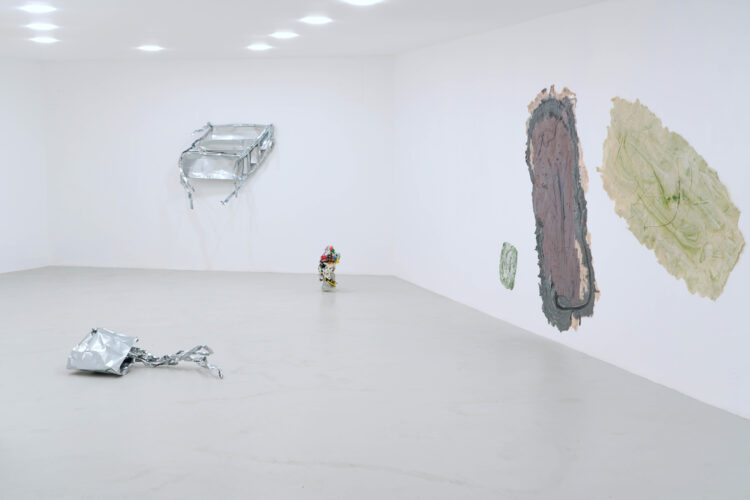
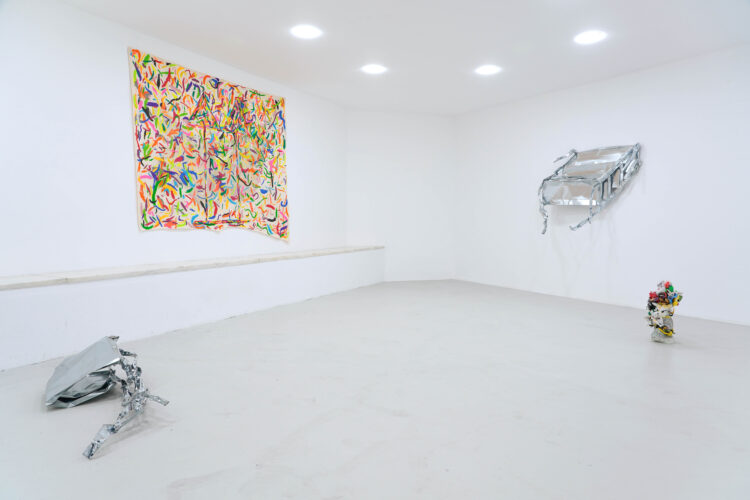
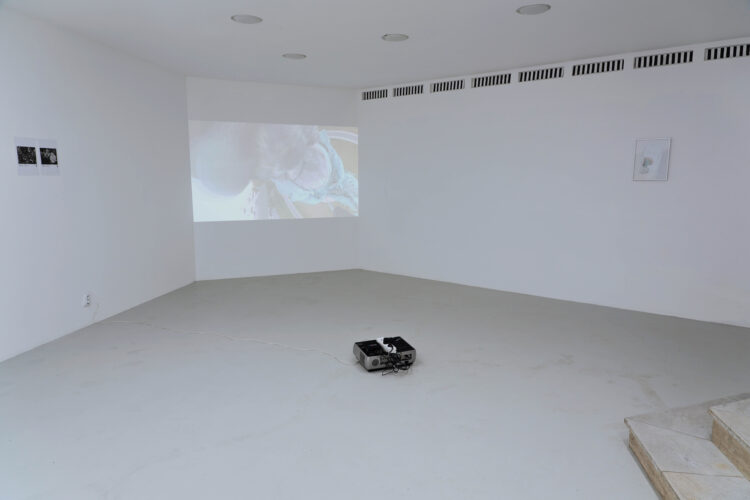
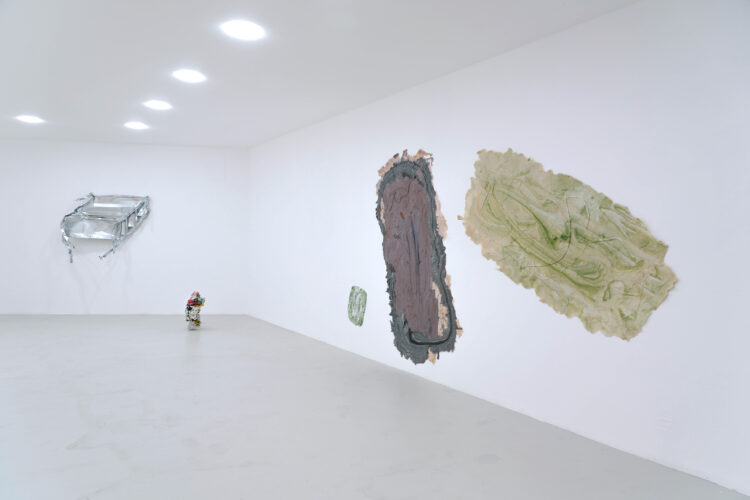
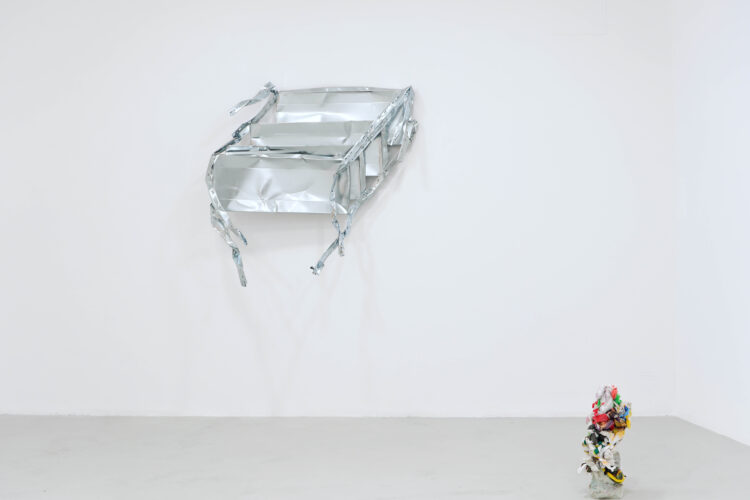
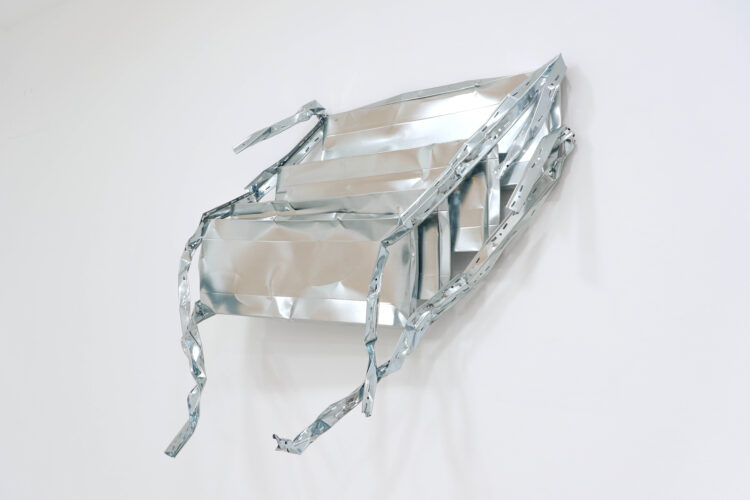
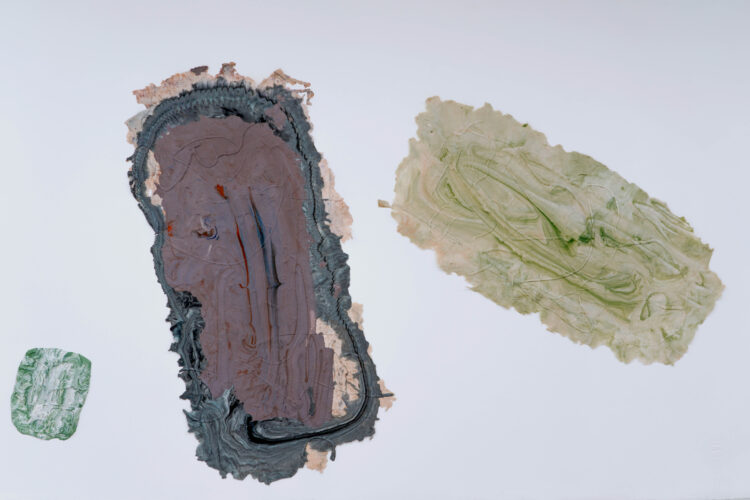
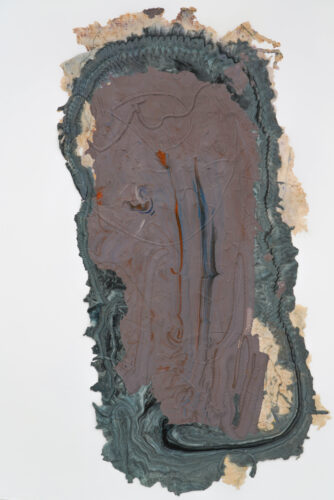
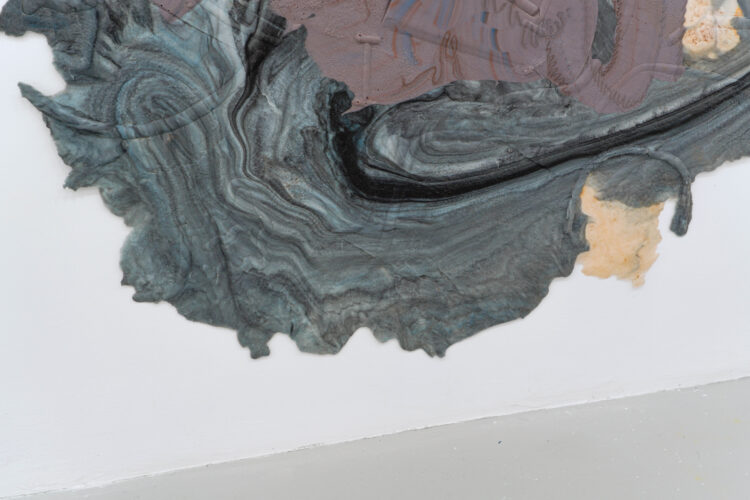
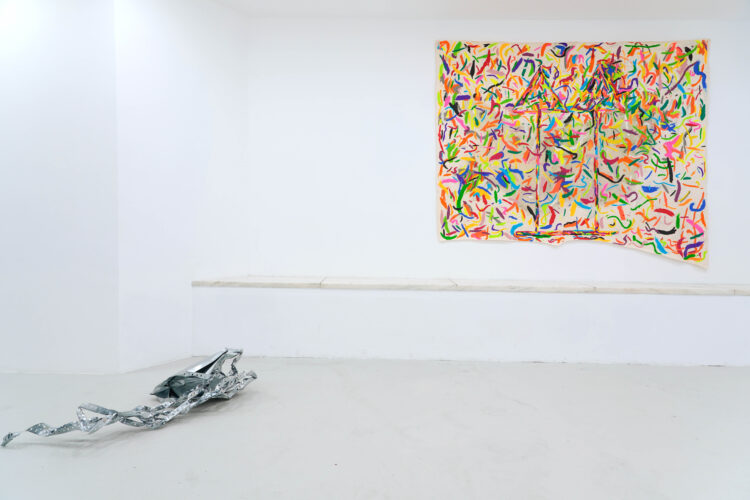


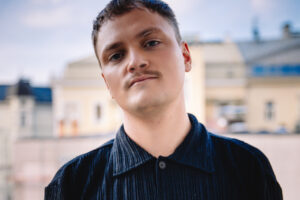
Comments are closed here.